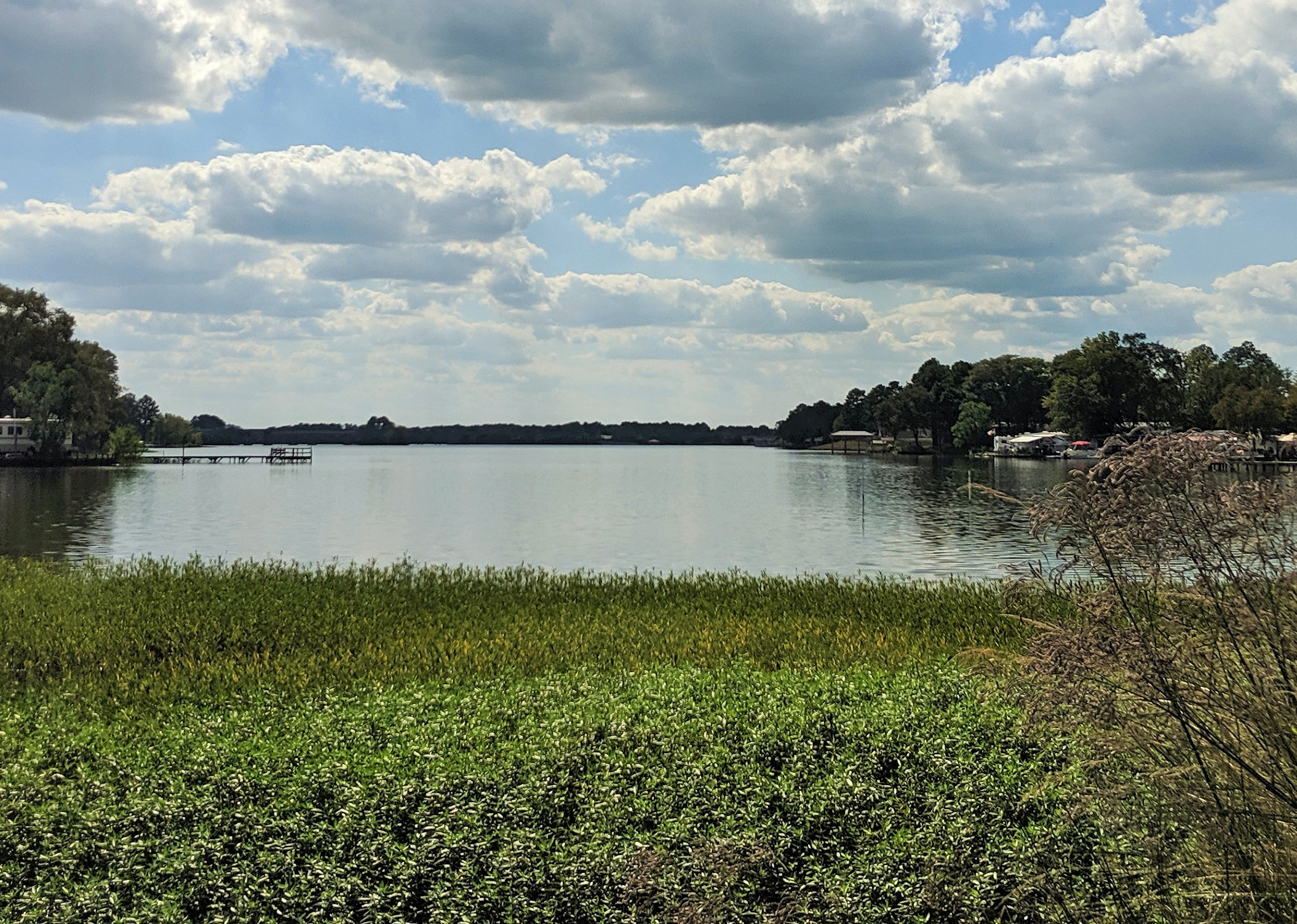
Starting a new business is a risky and thrilling endeavor. While many challenges are unpreventable, making sure that a company’s structure and land are operationally safe isn’t one of them. To avoid the cost and stress of dealing with hazardous materials Building & Earth provides Phase I and Phase II Environmental Site Assessments as well as lead and asbestos surveys. The detailed information about a building or a piece of land these services provide aid our clients during due diligence in consideration of possible property transactions.
Commonly Asked Questions about Environmental Site Assesments
What is the Purpose of an ESA?
Engineers perform ESAs to accumulate detailed information about a building or a piece of land. With this information, they are able to provide an expert evaluation regarding the conditions of a piece of land or building. Evaluators have the equipment and expertise to determine whether a possible or actual environmental contagion is likely to occur or has already contaminated the area. ESAs are available in two segments, which are phase I and phase II. These phases have been established to gauge problems at any type of commercial location. The American Society for Testing and Materials (ASTM) created the standards for these phases. The organization also established the national policy and procedures for handling hazardous materials when they are present.
The Difference Between Phase I and a Phase II
For a phase I environmental site assessment, consulting engineers will review a commercial property’s past records. Engineers will also complete a site inspection and conduct interviews with previous owners, tenants, local government agents and neighbors. During a phase I, the technician will check your commercial structure or land for pollutants like mold, lead and asbestos as well as for radon, pesticides and radiological hazards. An engineer will evaluate the site’s indoor air quality and check for the presence of petroleum hydrocarbons. This type of evaluation also includes examining the area for ecological resources, such as the existence of wetlands and endangered species.
A phase II environmental site assessment is usually recommended when an engineer comes across a Recognized Environmental Condition, or REC, during his or her phase I. For phase II, our engineers will collect soil samples to screen them for metal or chemical contamination. To obtain the samples, an assessor will use equipment such as a drill rig, hand auger, backhoe or hydraulic push based on the conditions of your potential business location. During a phase II ESA, the inspector may acquire groundwater or surface water samples. This additional step is advised when there is a high probability of an existing liability that can affect your property’s value. These liabilities are generally costs that arise from a required hazardous material cleanup. Contamination can also result in another area or the contamination has affected the locale’s occupants.
How Much Does It Cost?
Charges reflect the labor required to evaluate your land or structure. You will pay more to evaluate a 100-acre piece of land than you will for a locale that measures just one acre. Also, the price will increase when extra services are needed. You may also be required to pay for your evaluator’s travel costs and expenses. Because property sizes and assessment needs are diverse, the cost will vary. We recommended speaking to an engineering consultant or completing our request a proposal form to receive a price quote.
Who Pays for the Assessment?
Often, the buyer will pay for an assessment because a lender usually requires the evaluation to approve the loan. Occasionally, the seller will cover the expense to make the property more tempting to buyers. In some situations, the seller and the buyer will share the costs.
How Long Does it Take?
A phase I typically takes two weeks to complete, but if our professional staff needs to obtain information from a government agency, then the process may take an additional week. Since phase IIs usually involve test samples and laboratory work, the extra steps usually takes about one to two weeks.
Are Quotes Available?
Building & Earth provides free proposals. This feature gives you a way to budget your evaluation costs. Just as you protect yourself when making a residential or vehicle purchase by ordering a home inspection or taking a car to a mechanic, you should request a commercial property assessment to safeguard your business investment.

